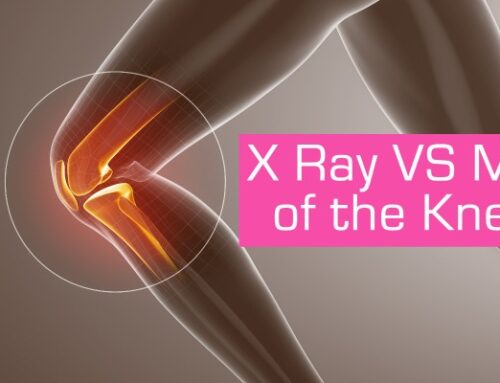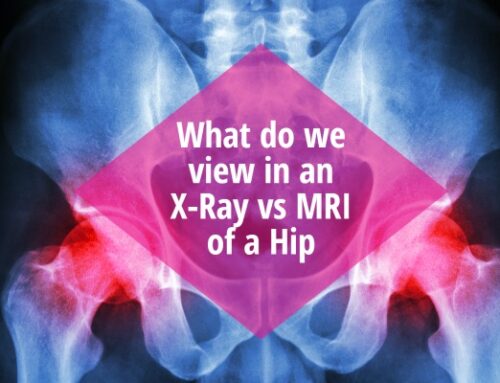When posture starts causing pain…
Pain is typically caused by one of two things…
A Trauma
An injury that occurs in a single instance, usually a person can remember the occurrence such as a sports activity or car accident, or
Muscular Imbalance
When the injury has occurred over a period of time, you do not remember the specific instance, but some muscles are overworked while others are overstretched and the imbalance of the two is now causing symptoms.
Posture is one of those that is a muscular imbalance caused by habit. Poor posture leads to discomfort. I once wanted to see the science in it as well. I visited a chiropractor’s office that used an infrared reading of the spine, areas of tension would light up in different colors. Most of the spine would be blue, maybe green which was a spine in good balance, whereas the areas marked in yellow-orange or red meant there was tension to the spine and in most cases either already was or would soon to be causing the individual discomfort. Back to back, I had them do one scan with my normal posture and then another while slouching. The results were COMPLETELY different. Where the first image had mostly blue with yellow on the right side of my SI joint which had still carried tension after my second child, the slouched scan showed most of my spine in the upper colors of the rainbow. At least I knew their technology was working!
Each posture will have different tendencies of pain, so id like to share those today!
Be sure to check out our video on the different kinds of posture to put a picture to the description.
Kyphosis + Forward Head Position
Excessive flexion of the spine will result in upper back pain as well as neck and sometimes occiput discomfort. Essentially your body is arched to look towards the floor, if forward enough you are looking at low back discomfort as well, especially when accompanied by long hours spent in a seated position. The occiput or the base of your skull will experience discomfort because your head is constantly being tilted upwards in order to look forward.
Lordosis
This inactive core quickly results in lower back pain, SI dysfunction, and hip discomfort, over time discomfort can move upwards in the neck as well.
Visual Lateral Deviation
Lateral deviation is usually a visual combination of imbalances happening which cause the seen deviation. This can cause discomfort and even spasms in the mid-back, discomfort in the ribs as well as one side of the low back or into the top if the pelvis along the crest and into the hip flexors. Deviation initiated from the lower body can be found with outer hip discomfort which tightness there, leads to low back discomfort, usually on the affected side.
Visual Lateral Flexion will typically be symptomatic remarkably similar to that of Lateral Deviation, different muscles may be involved, or a combination of deviation and flexion may also be taking place.
Flat Back
Flat back has usually lost range of motion and functionality to some degree if not prominently noticeable. Because muscles have been in some sense immobilized, they are more likely to experience stiffness and discomfort. Areas close to the spine would be affected first and gradually work outwards without intervention.
Sway Back
As it is a combination of kyphosis and lordosis one could expect to possibly experience discomfort from some or all of the symptoms from both of these imbalances.
Thank you for taking the time to learn about your posture, if you’re experiencing discomfort we have videos with stretches and exercises to help with addressing your pain. Be sure to subscribe to learn more!







Leave A Comment